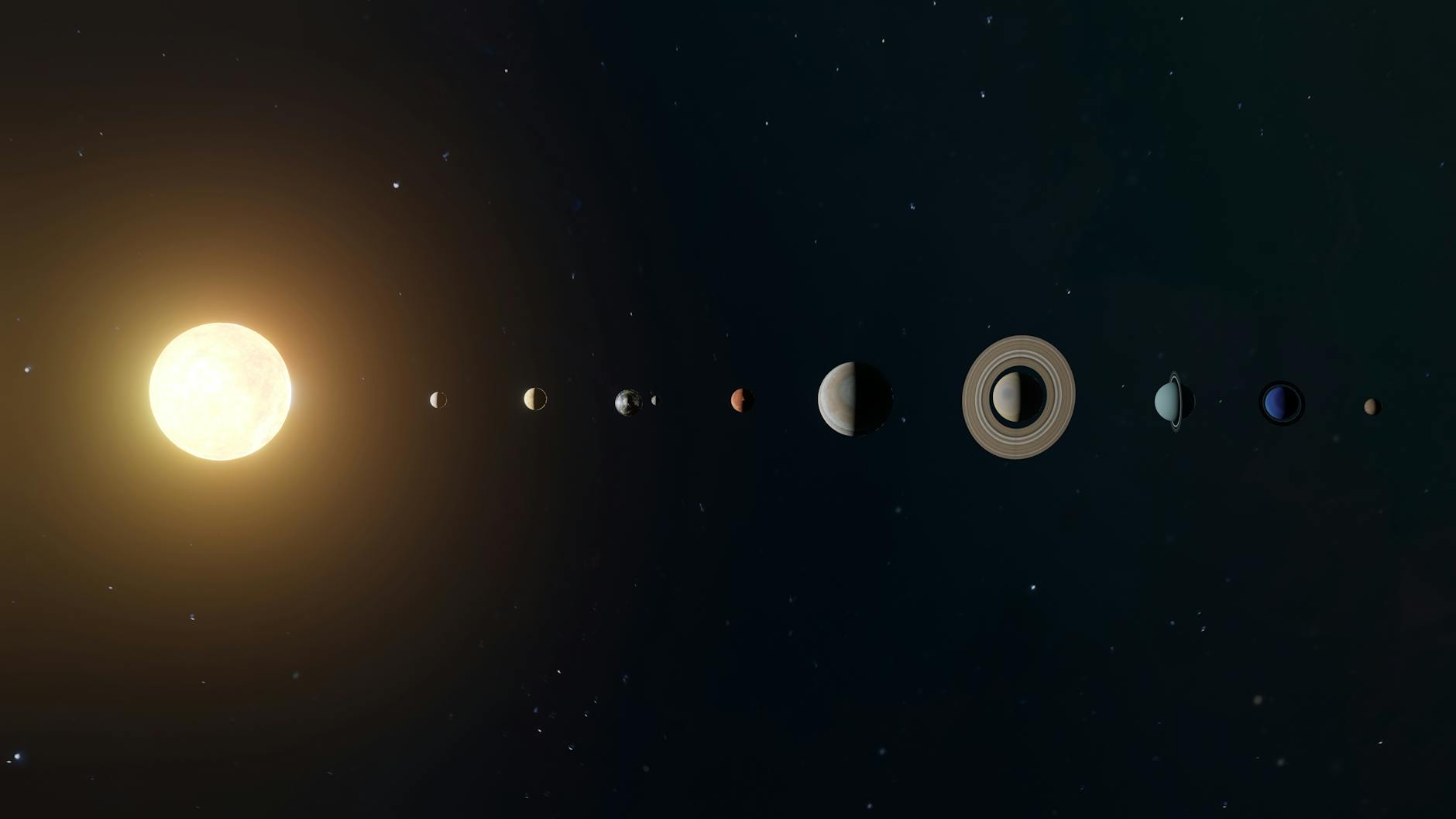The Fascinating World of Solar Systems
The mysteries of the cosmos are both humbling and inspiring. Among these, solar systems hold a special place as the foundation of celestial mechanics and life as we know it. From understanding how planets orbit their stars to exploring the possibility of other habitable worlds, solar systems are central to unraveling the universe's secrets.
What is a Solar System?
A solar system refers to a collection of celestial bodies bound together by the gravitational pull of a star. At its heart, there's usually a star – like our sun – surrounded by planets, moons, asteroids, and comets, all orbiting in harmony. This interconnected ballet of celestial objects provides a structure to the vast emptiness of space. For a comprehensive overview of our solar system, check out this NASA resource.

The Role of the Sun
The sun serves as the solar system's anchor, its immense gravity pulling everything in orbit around it. Without it, there would be no structure, as celestial bodies would drift aimlessly into space. Additionally, the sun is the primary energy source, illuminating planets and powering weather systems on worlds like Earth. Its importance can be explored further in this detailed Wikipedia entry.
Planets and Their Orbits
Planets in a solar system follow elliptical paths around their central star. Each planet's distance from the star determines its temperature, composition, and even potential for life. For example, the rocky, dense planets like Earth and Mars thrive close to the sun, while gas giants such as Jupiter are located much farther out. This diversity reminds us that every solar system could tell a completely different story.
Other Celestial Bodies
A solar system isn’t just about planets. Moons orbiting planets, asteroid belts dividing regions of space, and comets with their icy tails all play critical roles. These smaller objects help us understand planetary formation and the history of a solar system's evolution. Dive into their significance at National Geographic Education.
How Solar Systems Are Formed
How do these intricate systems take shape? It begins with massive clouds of gas and dust in the vastness of space. Over millions of years, gravity works its magic, pulling these particles together into a dense core that eventually becomes a star. Everything else grows around it.
The Nebular Hypothesis
The prevailing theory of solar system formation, the Nebular Hypothesis, suggests that a swirling disc of gas and dust forms around the new star. Gradually, bits of material collide and clump, creating planets and moons. To better understand this fascinating process, explore the American Museum of Natural History’s explanation.
The Role of Collisions in Formation
Collisions aren't just chaotic impacts; they’re creative processes. During the early years of a solar system, frequent collisions between particles and rocky bodies helped shape planets. These impacts dictated everything from a planet's size to its composition.
Why Some Systems Differ
Interestingly, not all solar systems resemble ours. Some host multiple stars, while others feature planets far larger than Jupiter orbiting perilously close to their stars. These variations hint at the endless possibilities in the universe's design. A broader discussion on solar system differentiation can be found here.
The Importance of Solar Systems
From sustaining life to influencing weather patterns, solar systems are vital to our understanding of the universe and ourselves.
Foundation for Life
Earth’s position in the solar system isn't random; it’s part of what makes life possible. Located in the Goldilocks zone, our planet is neither too hot nor too cold to support water, which is crucial for life. Learn more about the factors that make solar systems essential at NASA Solar System Exploration.
Weather and Climate Impacts
The mechanics of our solar system influence Earth’s climate and weather. Seasonal changes, tidal movements, and even long-term climate patterns are tied to the movements of the Earth, moon, and sun.
The Search for Other Systems
With advanced telescopes and space probes, scientists are constantly finding exoplanets – planets outside our solar system – that might host their own versions of life. This ongoing search not only deepens our understanding but also inspires hope. For more, visit NASA’s page on solar system exploration.
Exploring Solar Systems: Past, Present, and Future
Our fascination with solar systems isn't new. For centuries, humanity has sought to decode the heavens.
Early Observations
Ancient civilizations like the Babylonians and Greeks observed the visible planets and mapped the stars. Their understanding, though rudimentary, laid the groundwork for future exploration.
Modern Scientific Discoveries
With inventions like telescopes and space probes, we’ve learned more in the last century than in all previous eras combined. Missions like Voyager have carried our curiosity beyond the boundaries of our solar system, revealing astounding insights.
Future Missions to Uncover Mysteries
The desire to explore continues with plans for groundbreaking missions aimed at studying exoplanets and distant stars. These journeys will pave the way for new discoveries. To stay informed about upcoming missions, explore this resource from NASA.
Why Solar Systems Matter
Solar systems are more than collections of celestial objects. They’re cosmic laboratories where we study life, physics, and the evolution of the universe. By learning more about them, we not only understand our own origins but also prepare for humanity's shared future among the stars.
